Archaeology is one of the world’s most captivating areas of research. While it doesn’t solely involve exploring intricate cave systems and delving into the heart of age-old pyramids, the realm of archaeology remains shrouded in intrigue and awe. We’ve compiled a list of some of the most thrilling and profound archaeological finds from recent centuries. While extraordinary discoveries aren’t an everyday or even annual occurrence, the ones featured here have altered our understanding of history, often prompting a reevaluation of our previous assumptions about our forebears and our planet.
You’ll read about bloody human sacrifices; a subterranean city which seems like it came right out of a Dan Brown novel; the ancient world’s first computer, which was way before its time; and countless human tombs, including a baby disposal where newborns were tossed in a sewer. You’ll even learn about a centuries-old manuscript which not even World War II code-breakers could decipher. Maybe you’ll want to have a go at it? Impress your friends and family with your newfound knowledge, most of which Indiana Jones himself doesn’t know. (And not just because he’s fictional.) Dig into this list of 25 Intense Archaeological Discoveries Which Rewrote History.

Olduvai Gorge
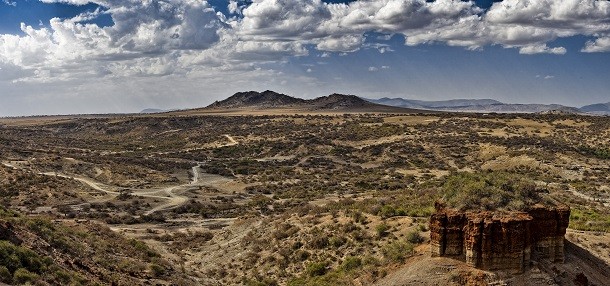 Source: LiveScience, Image: Wikipedia
Source: LiveScience, Image: Wikipedia Northern Tanzania’s Olduvai Gorge is one of the most important archaeological finds on our list. While paleontologist Mary Leakey was searching the area, she found evidence of our earliest human relatives by digging up Homo habilis: our two million year-old hominid ancestor. (In contrast, our species, Homo sapiens, only appeared about 17,000 years ago.) Combined with similar discoveries in nearby countries and later ones at the site, it has become clear that humans evolved out of Africa.
Baby Dump
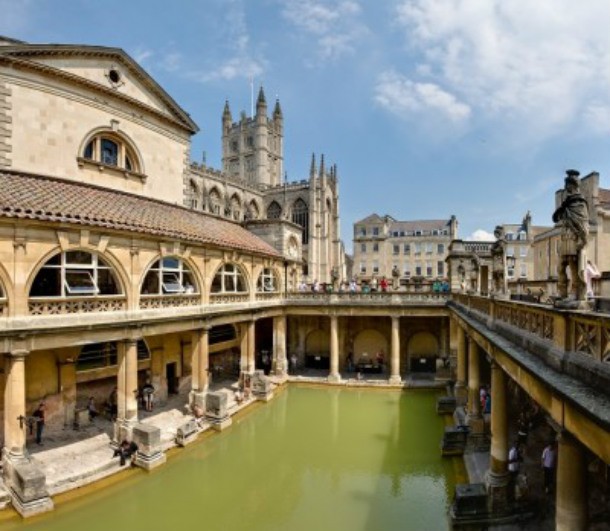 Source: Archaeological Institute of America, Image: Wikipedia
Source: Archaeological Institute of America, Image: Wikipedia Israel’s southern coast is home to one of the most gruesome archaeological finds on our list: a baby dump. The bones of almost 100 decomposed infants were found under a Roman bathhouse in one of the largest baby graves found thus far. It is believed the babies were tossed in the sewer just hours after birth. None of the hypotheses for the disposal have held up, including the killing of female children and the discarding of unwanted babies by the prostitutes.
Ancient Honduran City
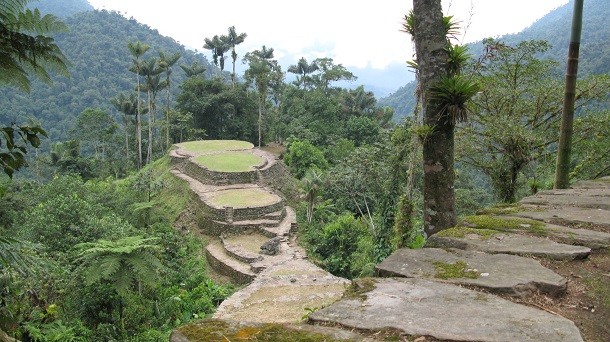 Source: University of Houston, Image: Wikipedia
Source: University of Houston, Image: Wikipedia Seeming like a planet from a Star Wars movie, archaeologists have discovered an ancient city full of abandoned homes, irrigation channels, and giant statues in the Honduran forests. The scientists have used laser technology to map the heavily forested area’s topography but still aren’t sure to which civilization it belonged. Since thieves have destroyed many of our great historical treasures over the millennia, the site is protected by the Honduran military, and its location has not been disclosed.
Nazca Lines
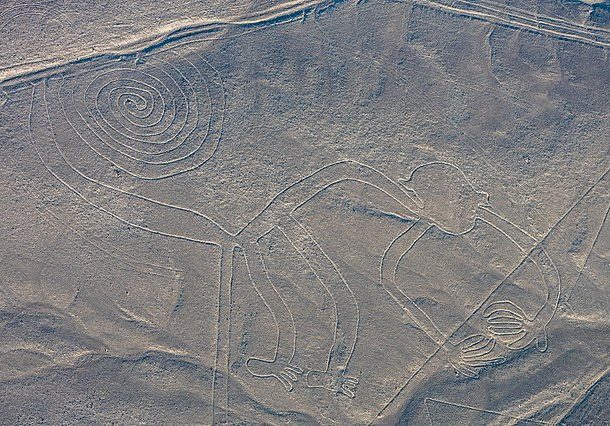 Source: National Geographic, Image: Wikipedia
Source: National Geographic, Image: Wikipedia Under our noses for centuries, the Nazca Lines were finally re-discovered in 1927. Massive etchings in the Peruvian desert floor, the lines form the shapes of animals such as a monkey and killer whale. Only noticeable from nearby hilltops or while flying overhead, some of the shapes stretch for over 660 feet (200 m), and some of the lines for over 5.6 miles (9 km). Though we’re still not sure why they exist, it’s believed they served a religious purpose.
Subterranean City
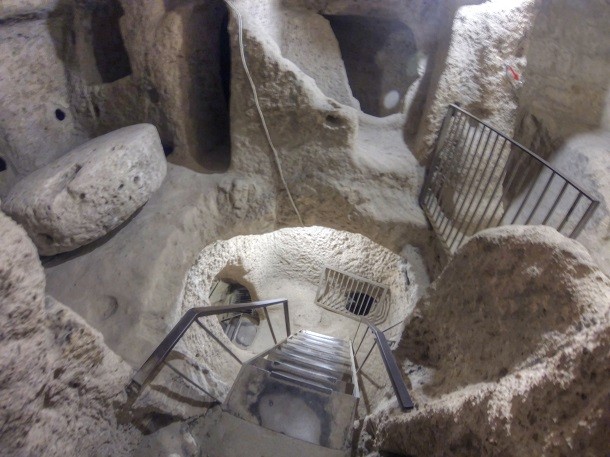 Source: National Geographic, Image: Wikipedia
Source: National Geographic, Image: Wikipedia If archaeologists look for motherloads, they have found it. Diggers have recently discovered an entire subterranean city complex in Cappadocia, central Turkey, able to house well-over 20,000 people. Though excavations are ongoing, initial findings have found water channels, air shafts, wineries, chapels, kitchens, bedrooms, and more. It’s believed the tunnelled city helped its inhabitants escape from danger on the surface level. Tourists may be able to visit up to 371 feet (113 m) below the Earth’s surface once the Turkish government approves it for visitors.
The Richest Sunken Treasure Ship
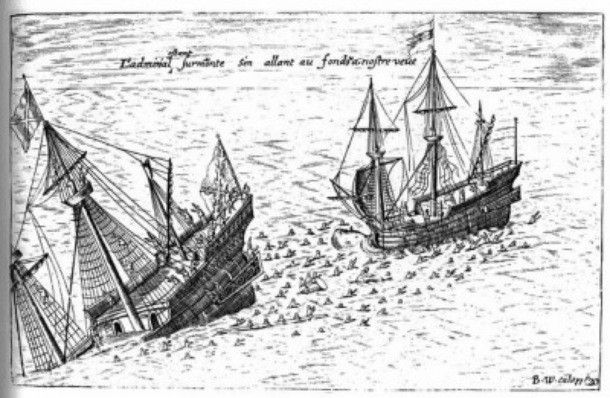 Source: National Geographic, Image: Wikipedia
Source: National Geographic, Image: Wikipedia Colombia recently discovered the remains of the San Jose galleon just off its coast. This Spanish ship was sunk by the British in 1708 and is being called the “most valuable shipwreck discovery of all time” with around a billion dollars worth of precious metals and gems in its hull. Many countries are fighting legal battles over who can claim the riches.
Baghdad Battery
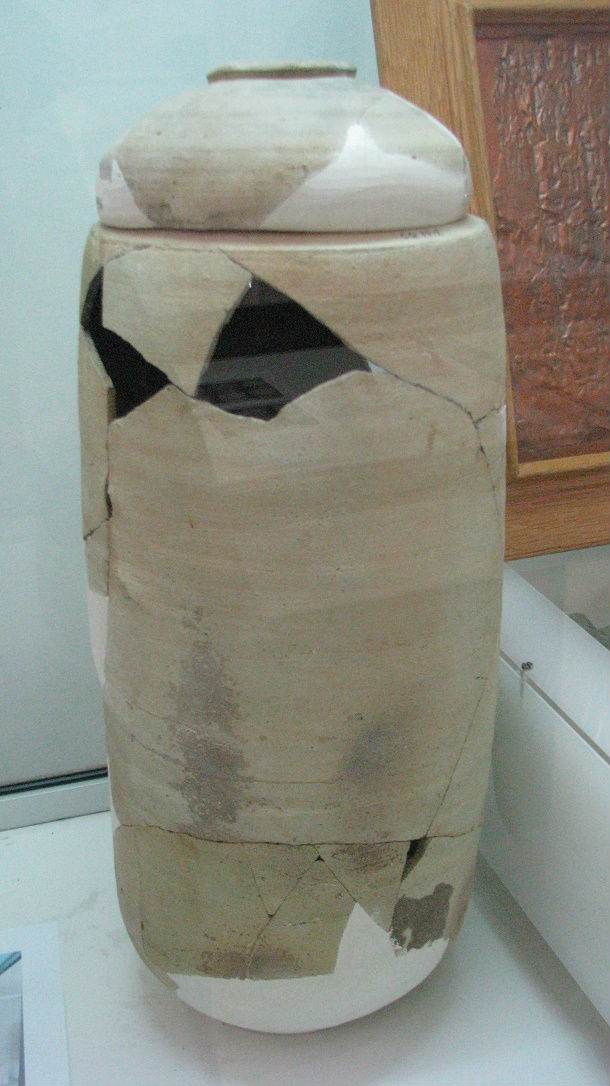 Source: BBC, Image: Wikimedia
Source: BBC, Image: Wikimedia A presumed 2,000 year-old human innovation, the Baghdad Battery was thought to be a primitive battery, generating an electrical current which could plate metal objects. Modern archaeologists have mostly denounced the theory, claiming it was only used to store scrolls.
Dead Sea Scrolls
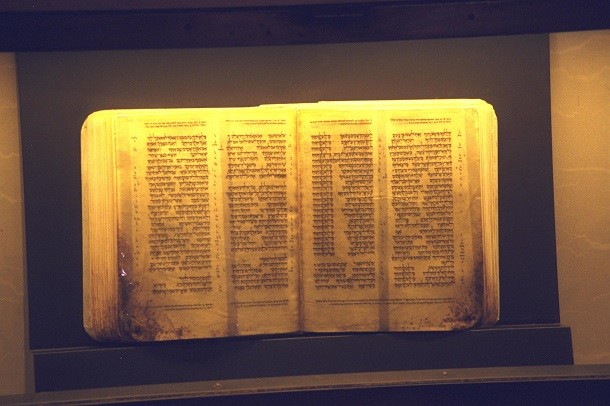 Source: National Geographic, Image: Wikimedia
Source: National Geographic, Image: Wikimedia One of the most elucidating archaeological finds yet, the Dead Sea Scrolls were discovered in caves near Jericho by a young goat herder. Primarily in Hebrew, the scrolls record over 500 years of history (from the third century B.C. to the second century A.D.) including Jesus Christ’s birth and the subsequent rise of Christianity. One of the scrolls, the Copper Scroll, even told researchers where to find dozens of other scrolls.
Screaming Mummies
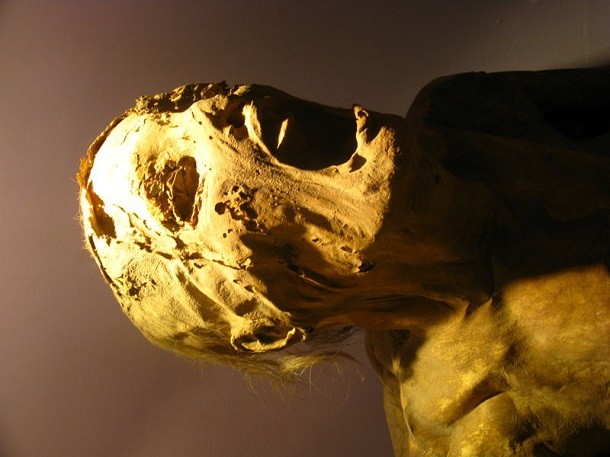 Source: National Geographic, Image: saf2285 via Flickr
Source: National Geographic, Image: saf2285 via Flickr Though the Screaming Mummy refers to one specific mummy, mummies are generally found with their mouths open because the head falls back after death. (Creepy.) This specific mummy is speculated to be the son of Pharaoh Ramses III, possibly killed for trying to assassinate his father. Though the body was not prepared for the afterlife, it was hastily mummified, signaling that it may have been at the crossroads of one person trying to punish it and preventing it from an afterlife and another trying to make sure it made it to judgment.
Sacsayhuaman
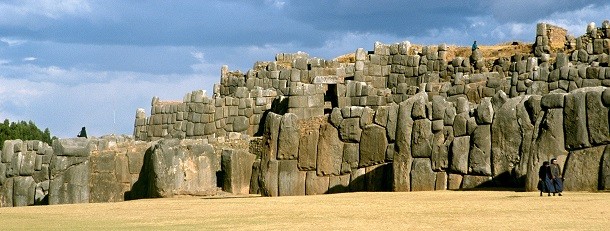 Source: Cusco Tourism, Image: Wikimedia
Source: Cusco Tourism, Image: Wikimedia Sacsayhuaman is Quechua for “satisfied falcon” and is the best example of the tremendous detail of Incan craftsmen. Built by 20,000 men over 70 years, the massive structure has an astonishing design; each stone of the citadel fits together without any mortar or binding devices. Even after many centuries, the stones were cut so precisely that not even a piece of paper fits between them.
Newgrange
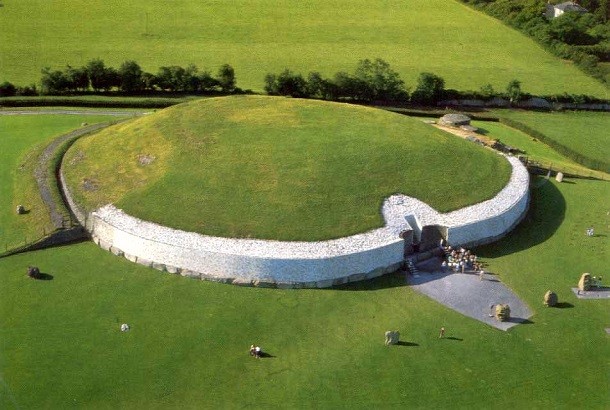 Source: World Heritage Ireland, Image: Wikipedia
Source: World Heritage Ireland, Image: Wikipedia Ireland’s Newgrange is older than both Stonehenge and the Egyptian pyramids but sadly much less famous. One of the most important megalithic structures in Europe, the large circular mound was built between 3000-2500 B.C. Though its original purpose is unclear, scientists believe it could have been a religious center. The most popular time to visit is on the winter solstice, December 21st, when the interior chamber is clearly illuminated. It’s very difficult to score a ticket as only 50 people (plus a guest) win the lottery to see it from the inside on that day.
Bloody Sacrifices
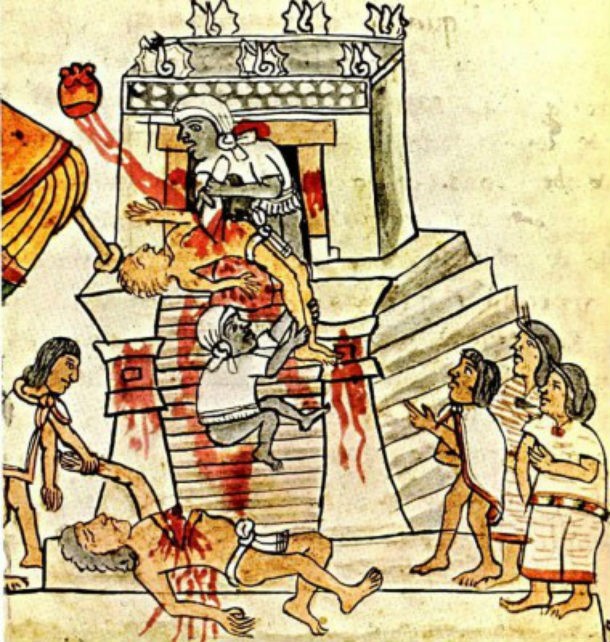 Source: New Scientist, Image: Wikipedia
Source: New Scientist, Image: Wikipedia Though paintings have taught us that early Mesoamericans such as the Aztecs practiced human sacrifice, most of the evidence only came from these artworks. In 2004, archaeologists found one of the most gruesome sights they would ever see. In the well-known Pyramid of the Moon in Teotihuacan, 12 bodies (10 with their heads chopped off) were found alongside the decomposed remains of powerful animals such as pumas, eagles, and wolves, finally giving us our first physical evidence of the practice.
The Grauballe Man
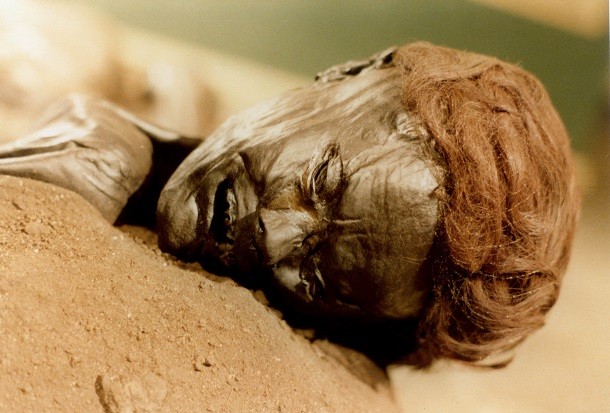 Source: Atlas Obscura, Image: Wikipedia
Source: Atlas Obscura, Image: Wikipedia In the longest-lasting missing person case on Earth, the Grauballe Man died when he was about 30 years-old but was found over 2,300 years later, nearly perfectly preserved. Often called “one of the most spectacular discoveries from Denmark’s prehistory,” this corpse was found in a peat bog with its throat slit from ear-to-ear, a sign of a human sacrifice in that era.
Terra Cotta Warriors
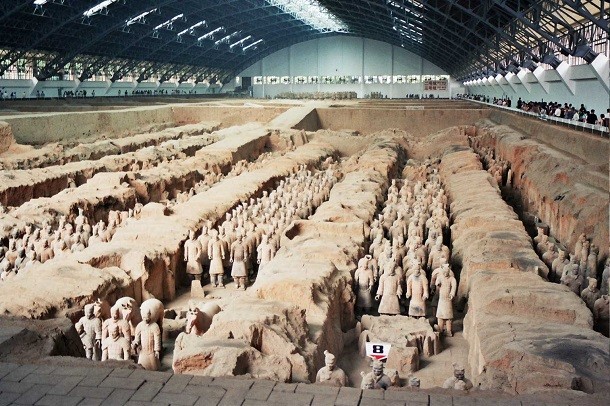 Source: National Geographic, Image: Wikipedia
Source: National Geographic, Image: Wikipedia The Terra Cotta Army which protects the tomb of China’s first emperor is one of the best known archaeological discoveries of all time. Emperor Qin Shi was surrounded by thousands of clay soldiers, each with their own facial expressions and designs, to protect him in the afterlife. Though his tomb has yet to be found, over 8,000 clay soldiers, horses, chariots, dancers, and musicians have already been unearthed.
Rosetta Stone
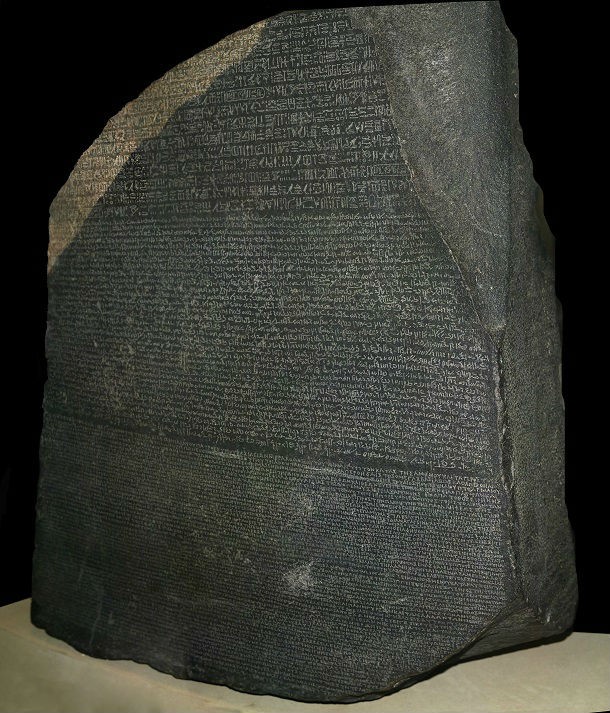 Source: British Museum, Image: Wikipedia
Source: British Museum, Image: Wikipedia The key to understanding the Ancient Egyptians, the Rosetta Stone allowed archaeologists to decipher their language as the stone was written in Ancient Egyptian hieroglyphs, Demotic script, and Ancient Greek. On view at London’s British Museum since 1802, the stone is the most impressive but not the only multi-lingual inscription found thus far.
Gobekli Tepe
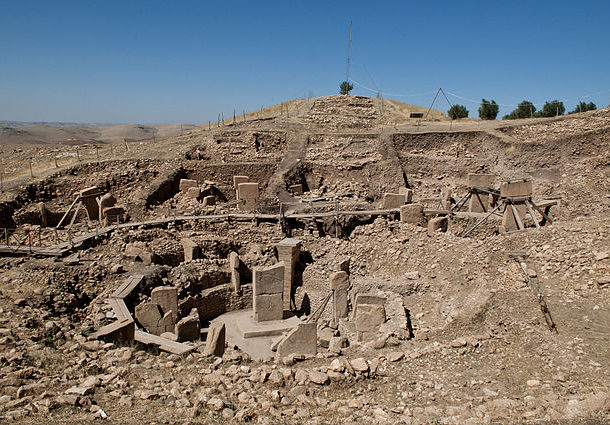 Source: Smithsonian Magazine, Image: Wikipedia
Source: Smithsonian Magazine, Image: Wikipedia Sometimes called the first temple in the world, Gobekli Tepe was built 6,000 years before Stonehenge. This archaeological wonder was originally thought to be a standard cemetery until German archaeologist Klaus Schmidt began digging. His hunches served him well as he uncovered what’s believed to be the world’s first purpose-built “cathedral on a hill.”
Tomb of Sunken Skulls
 Source: History Channel, Image: Wikipedia
Source: History Channel, Image: Wikipedia Archaeologists are still debating the purpose of a burial ground in southwestern Sweden. Informally known as the Tomb of the Sunken Skulls, the dried-up lake bed hosts a collection of 11 buried skulls, two with stakes jammed through their craniums. The leading hypothesis is that local nomadic hunter-gatherers moved the bodies to the lake bed after they initially decomposed. Some believe they were enemy skulls, brought back on stakes as a sign of victory.
Olmec Colossal Heads
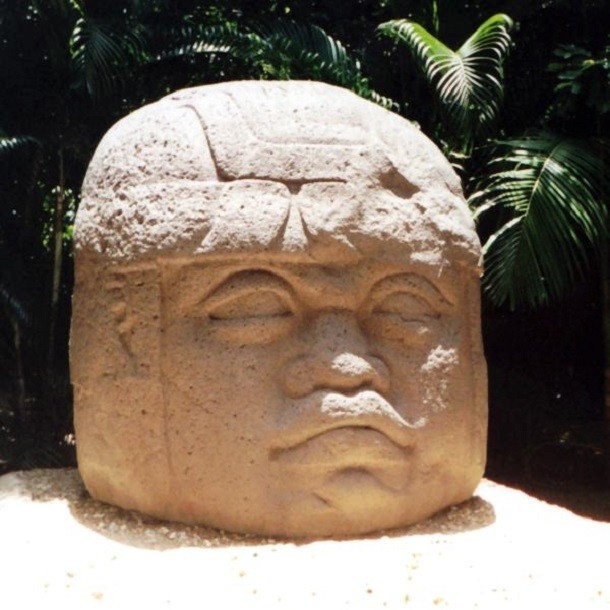 Source: Pool, Christopher A. (2007). Olmec Archaeology and Early Mesoamerica. , Image: Wikipedia
Source: Pool, Christopher A. (2007). Olmec Archaeology and Early Mesoamerica. , Image: Wikipedia The Olmec colossal heads are some of the most unique archaeological discoveries ever revealed. Massive carved boulders, the colossal heads likely represented local rulers of the Olmec people who lived in southeastern Mexico up to 3,000 years ago. Up to 11.2 feet (3.4 m) tall and weighing up to 50 tons – that’s 34 Volkswagen Beetles! – the heads are carved with flat noses, fleshy cheeks, and individualized headdresses symbolizing a leader.
Voynich Manuscript
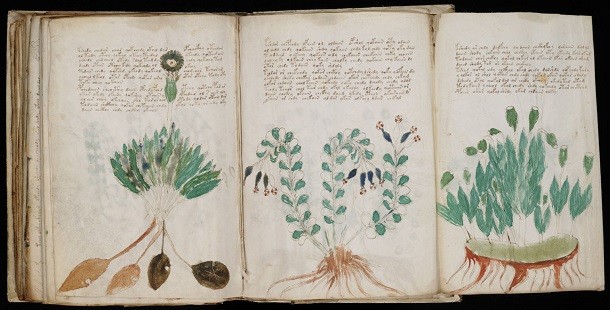 Source: Voynich.nu, Image: Wikipedia
Source: Voynich.nu, Image: Wikipedia The Voynich Manuscript is one of the only yet-unsolved manuscripts in the world, even undecipherable by World War II code-breakers. Mostly filled with herbal and astronomical illustrations, the text is written in an unknown language. What is known is that it was likely made in Northern Italy sometime in the early 1400’s.
Rapa Nui
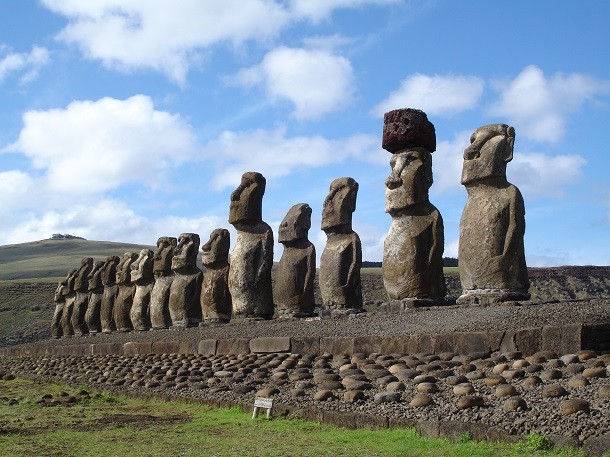 Source: History Channel, Image: Wikipedia
Source: History Channel, Image: Wikipedia Rapa Nui (AKA Easter Island) is a Pacific island full of mystery. The most remote inhabited island on Earth, Rapa Nui is famous for the unique artistic design of its moai: massive statues representing Rapa Nui ancestors. First settled by Polynesians in the 4th century, Easter Island had 3,000 locals when the Spanish first arrived and counted the population in 1770. Only a century later, the population had mysteriously declined to 111 inhabitants. Today, the island has a permanent population primarily sustained by tourism.
Ashurbanipal's Library
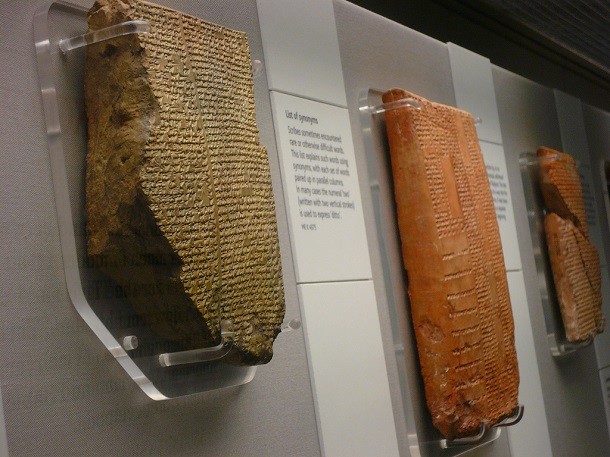 Source: Ancient History Encyclopedia, Image: ricardo via Flickr
Source: Ancient History Encyclopedia, Image: ricardo via Flickr The discovery of Ashurbanipal’s Library at Nineveh (modern-day Mosul, Iraq), is one of the greatest archaeological finds in history. To establish a center for knowledge and learning, King Ashurbanipal ordered the collection of all written works in Mesopotamia. The library boasts over 30,000 inscribed clay tablets, giving us a deeper comprehension of multiple societies including the Assyrians, Sumerians, Akkadians, and Babylonians.
Headless Vikings of Dorset
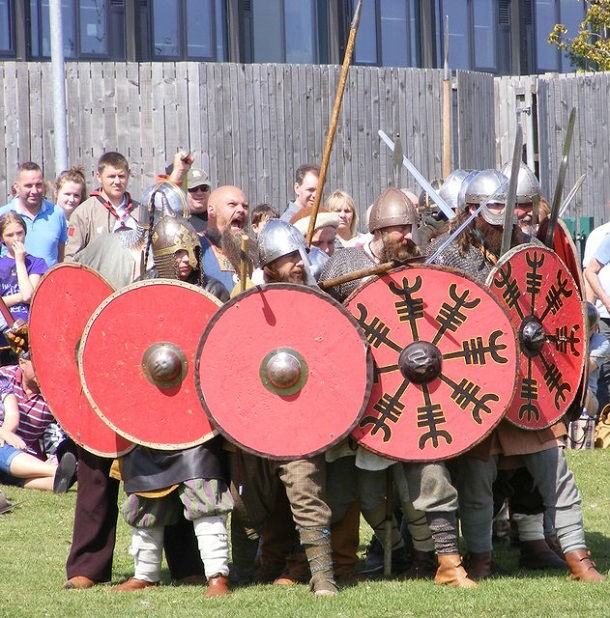 Source: National Geographic, Image: Geograph.org.uk
Source: National Geographic, Image: Geograph.org.uk Though archaeology may seem like a field for old men with gray hair, the field is very much alive! In 2009, archaeologists digging in southern England found 54 decapitated skeletons alongside 51 skulls. It’s believed the bones belong to Vikings who were raiding the English coast from 910-1030 A.D.; the were likely overpowered by local Anglo-Saxons who arranged their corpses and skulls as a sign of victory.
Venetian Vampire
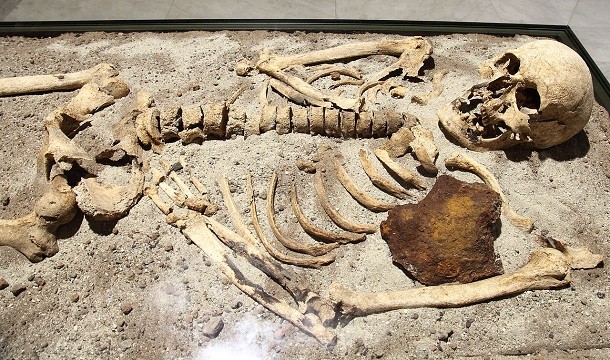 Source: National Geographic, Image: Wikipedia
Source: National Geographic, Image: Wikipedia As Captain Barbossa says to Elizabeth Swan in the first “Pirates of the Caribbean” film, “You’d better start believing in ghost stories – you’re in one!” Belief in vampires was prevalent during the 16th century with many believing the blood suckers helped spread disease such as the Bubonic plague. Scientists digging up a mass grave near Venice found an exceedingly rare sight: a human skull with a brick in its mouth. The skull belonged to a woman who was believed to be both a vampire and a witch. Thus, the people of her time shoved a brick into her mouth to stop her feeding on plague victims.
The First Chemical Warfare
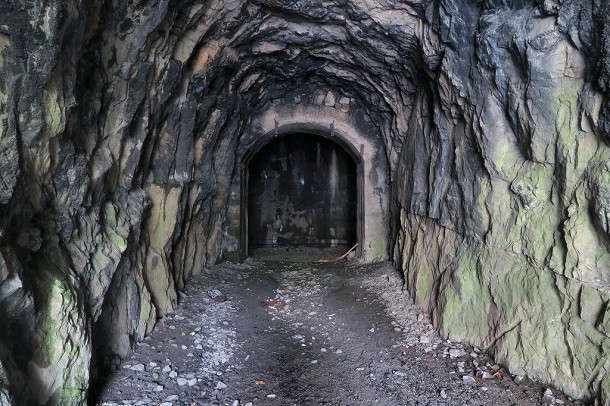 Source: Discovery Channel, Image: Kecko via Flickr
Source: Discovery Channel, Image: Kecko via Flickr Though chemical warfare is outlawed under modern war conventions, that didn’t stop the Persians from using it around 256 A.D. While attacking the Roman city of Dura (modern-day Syria), the Persians tunneled under the fort to breach its walls. The Romans built counter tunnels to fight the Persians before they could enter, but the invaders built fire pits throughout the tunnels. Adding sulfur and bitumen to the fires created the poisonous sulfur dioxide gas, killing many of the Romans in their tracks.
Antikythera Mechanism
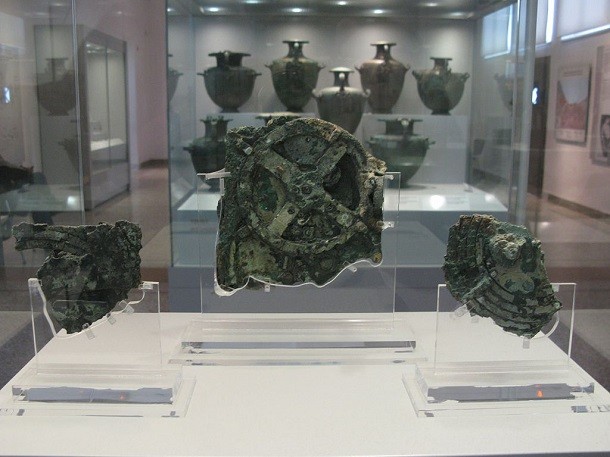 Source: Smithsonian Magazine, Image: Wikimedia
Source: Smithsonian Magazine, Image: Wikimedia The Antikythera Mechanism is one of the most amazing archaeological discoveries both on our list and in history. Referred to as an Ancient Greek computer, the Antikythera Mechanism was an astronomical clock which precisely tracked the movement of the heavens with rotating hands, interlocking gear wheels, and multiple dials. Though it was found at the turn of the 20th century, it took researchers 70 years to figure out its purpose. Believed to be 1,500 years ahead of its time, archaeologists are still baffled how the Ancient Greeks could have created the device.



























